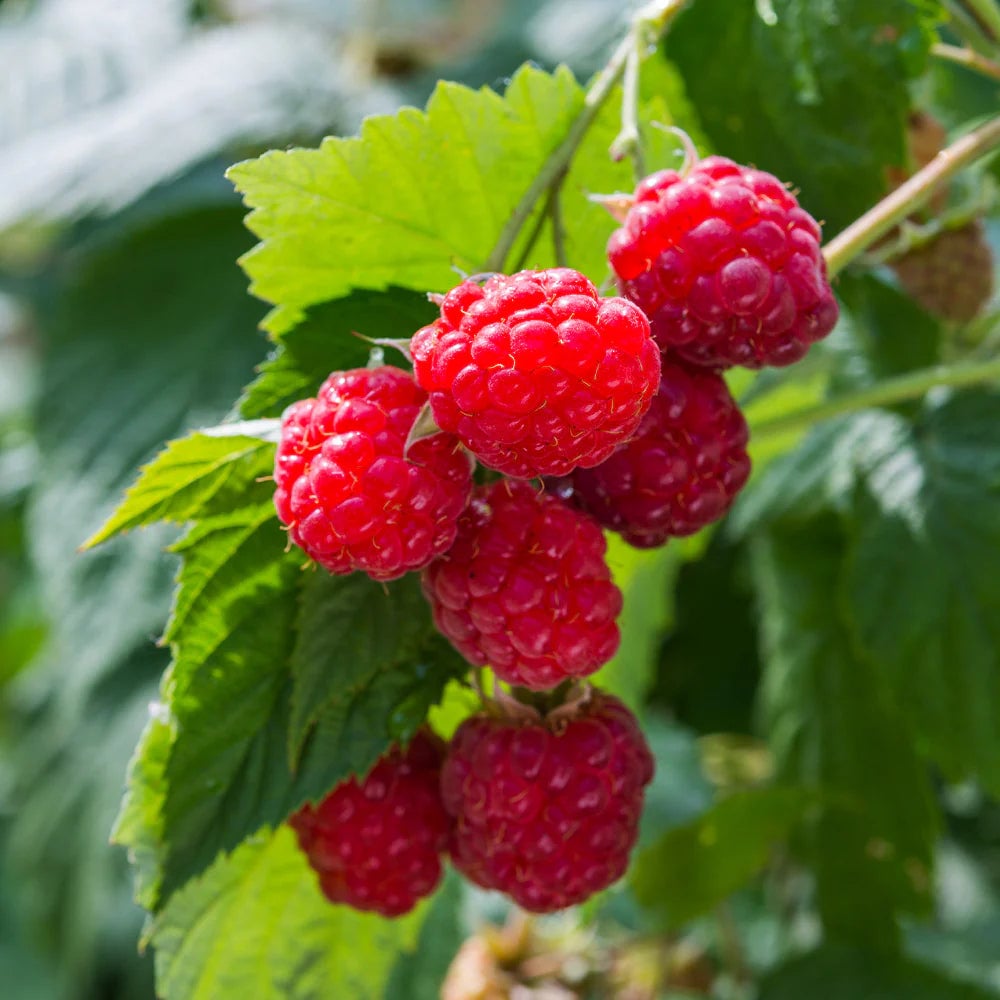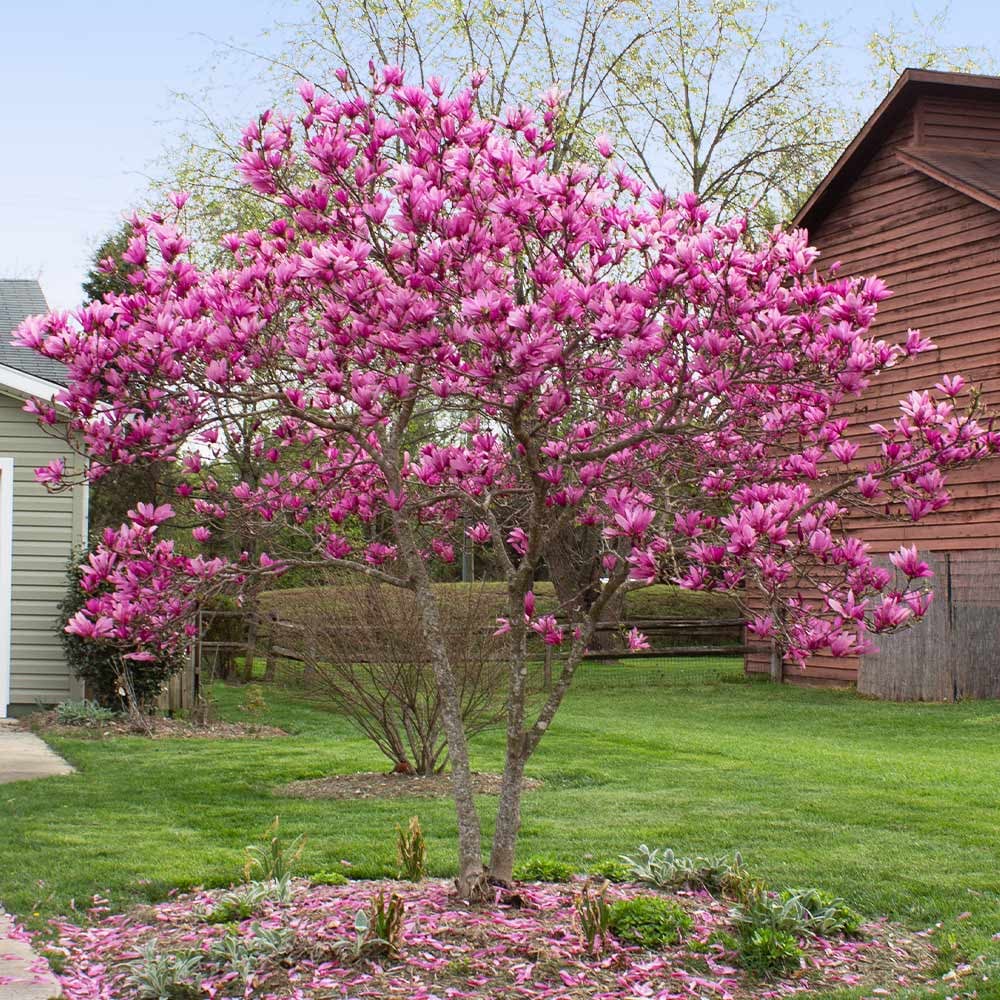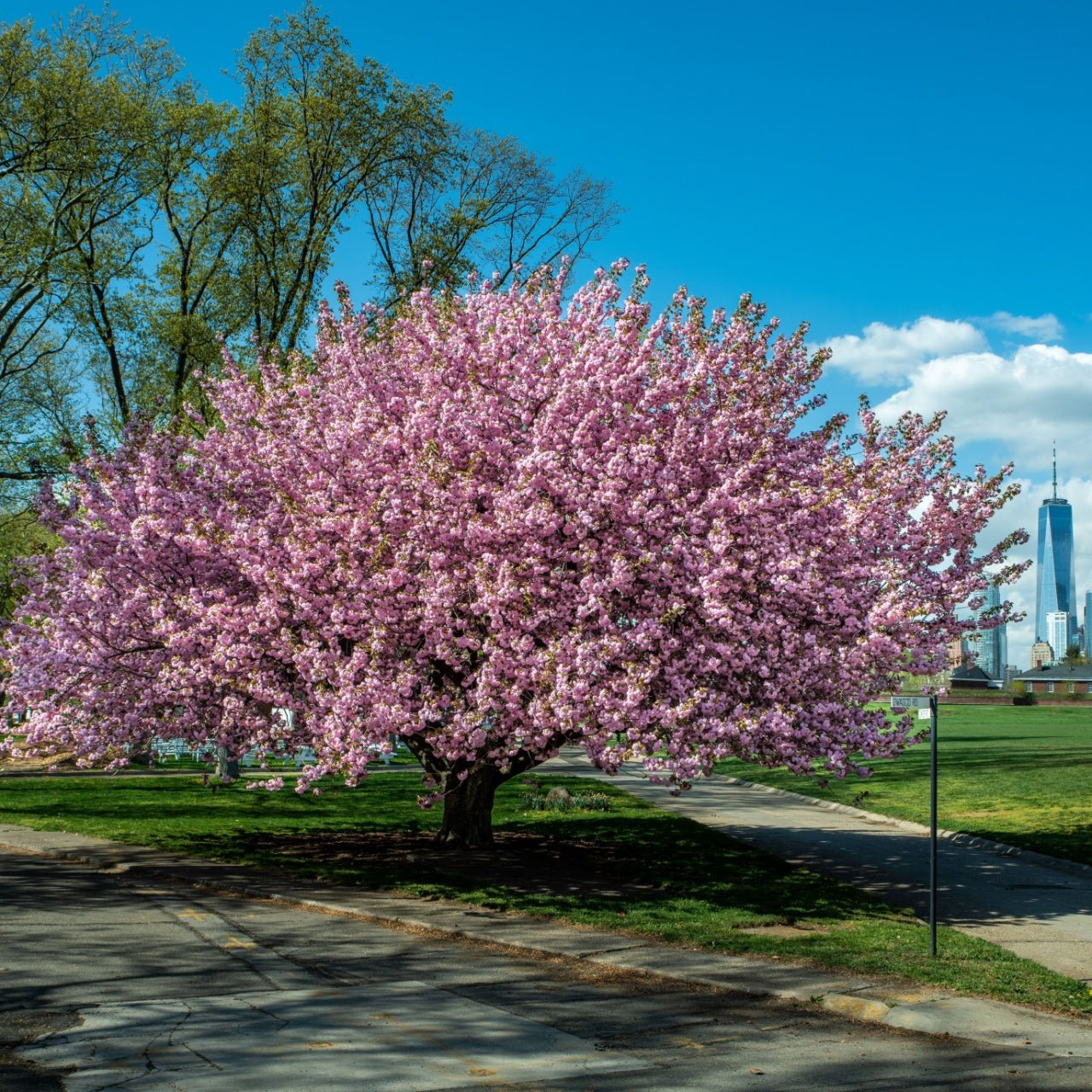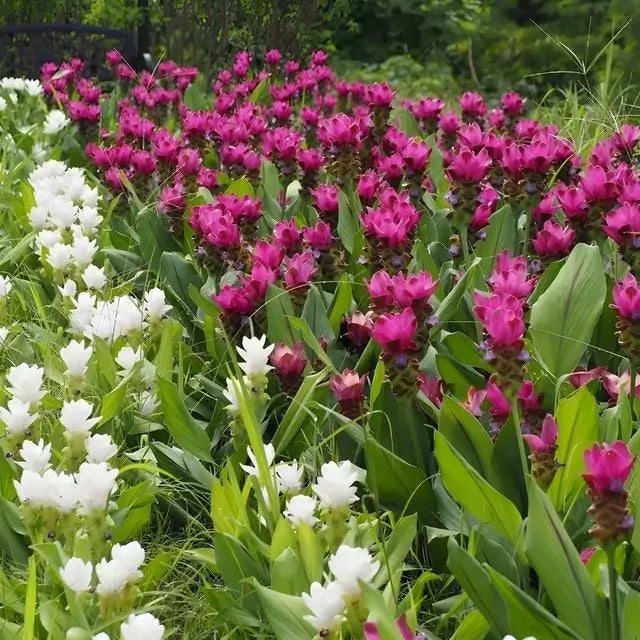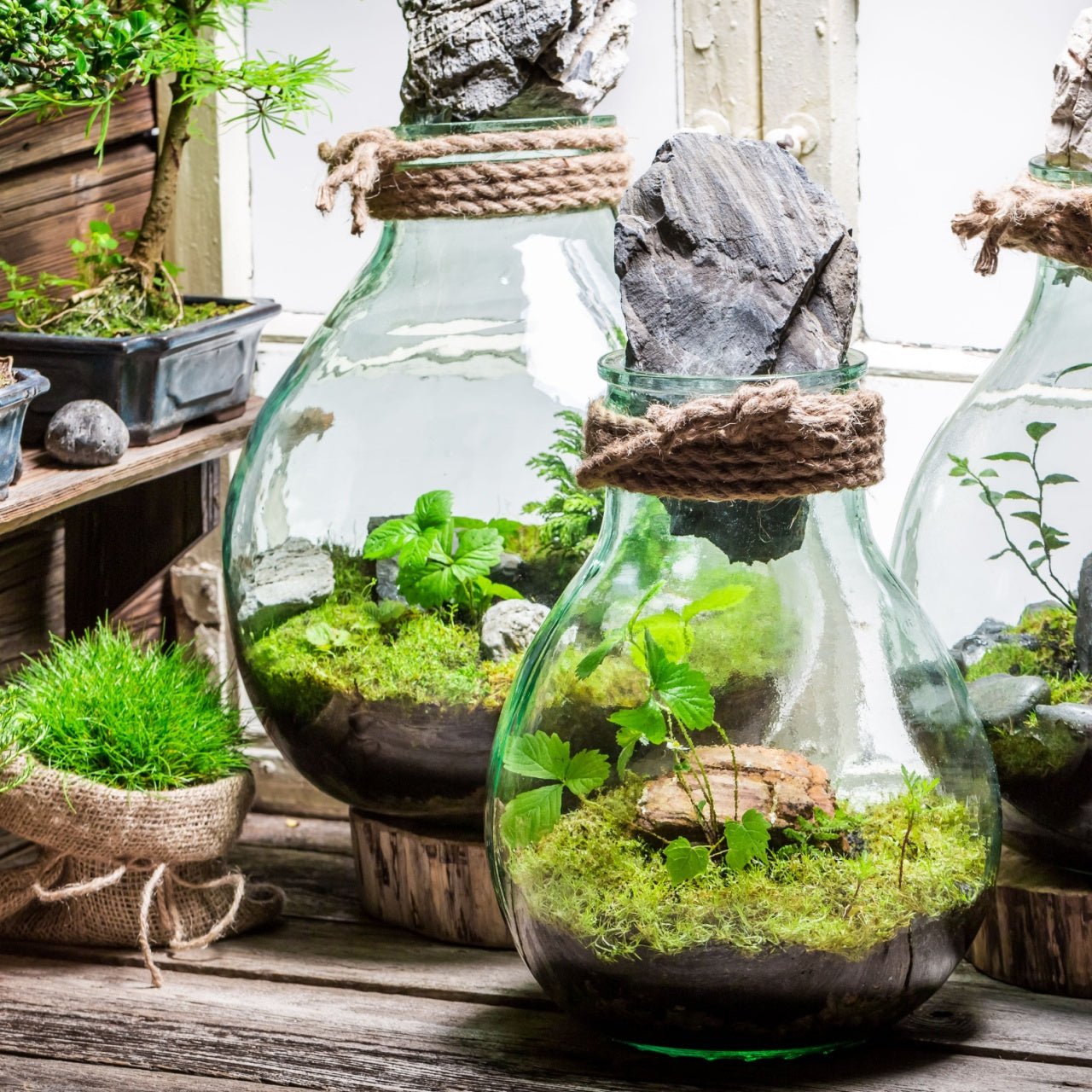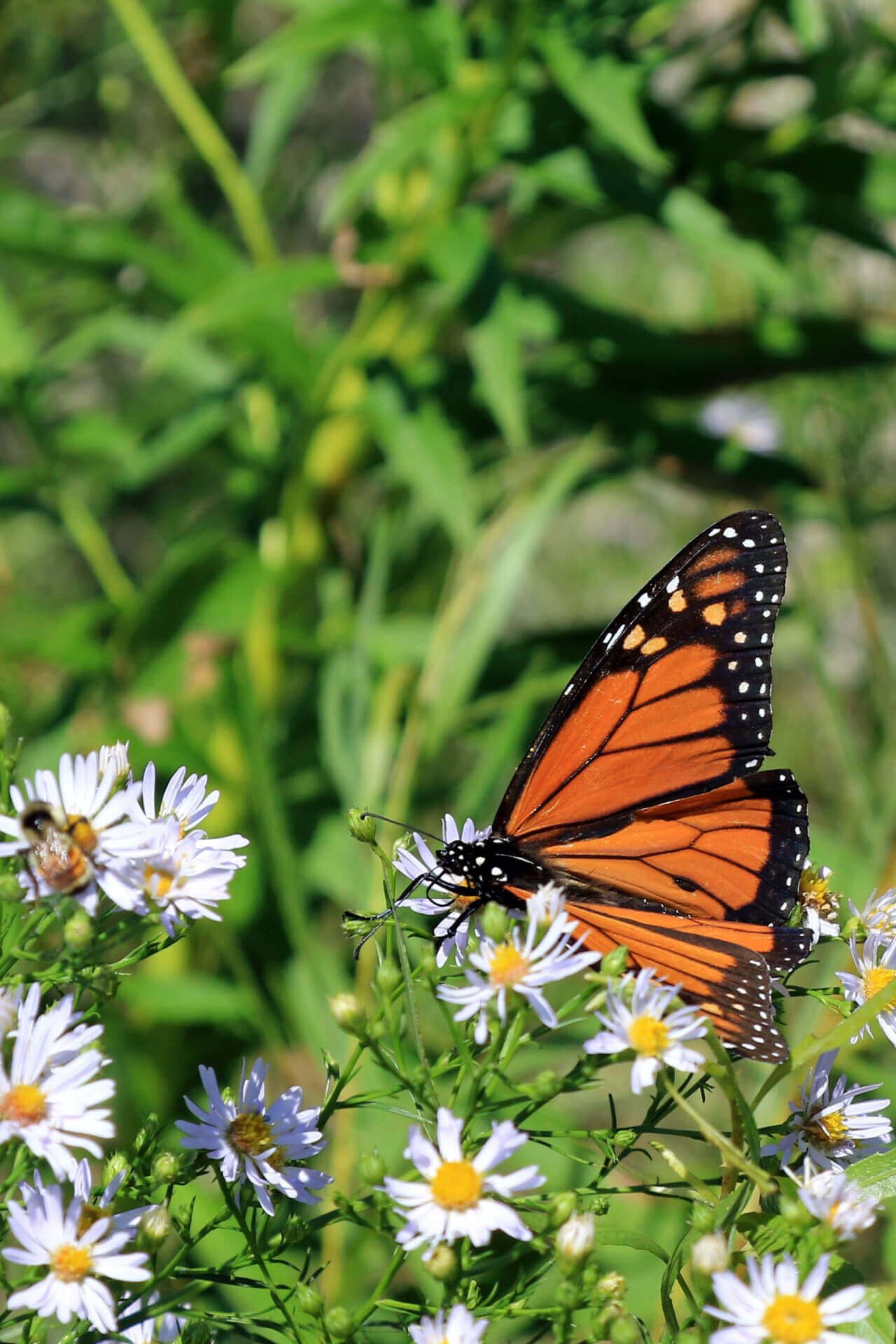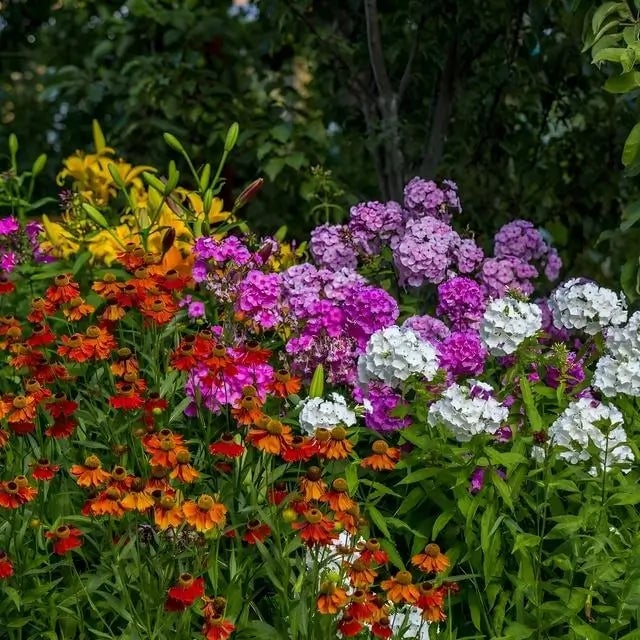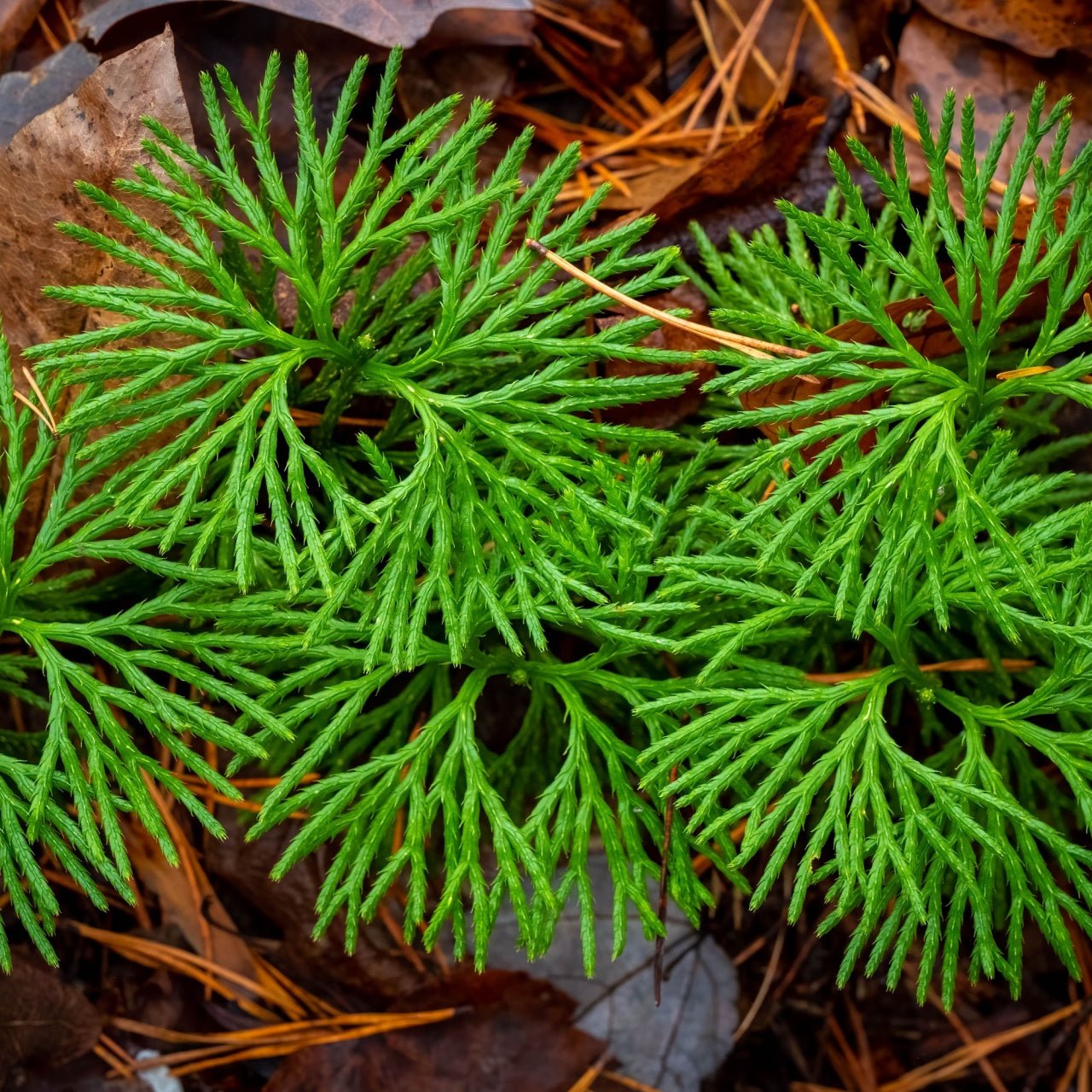


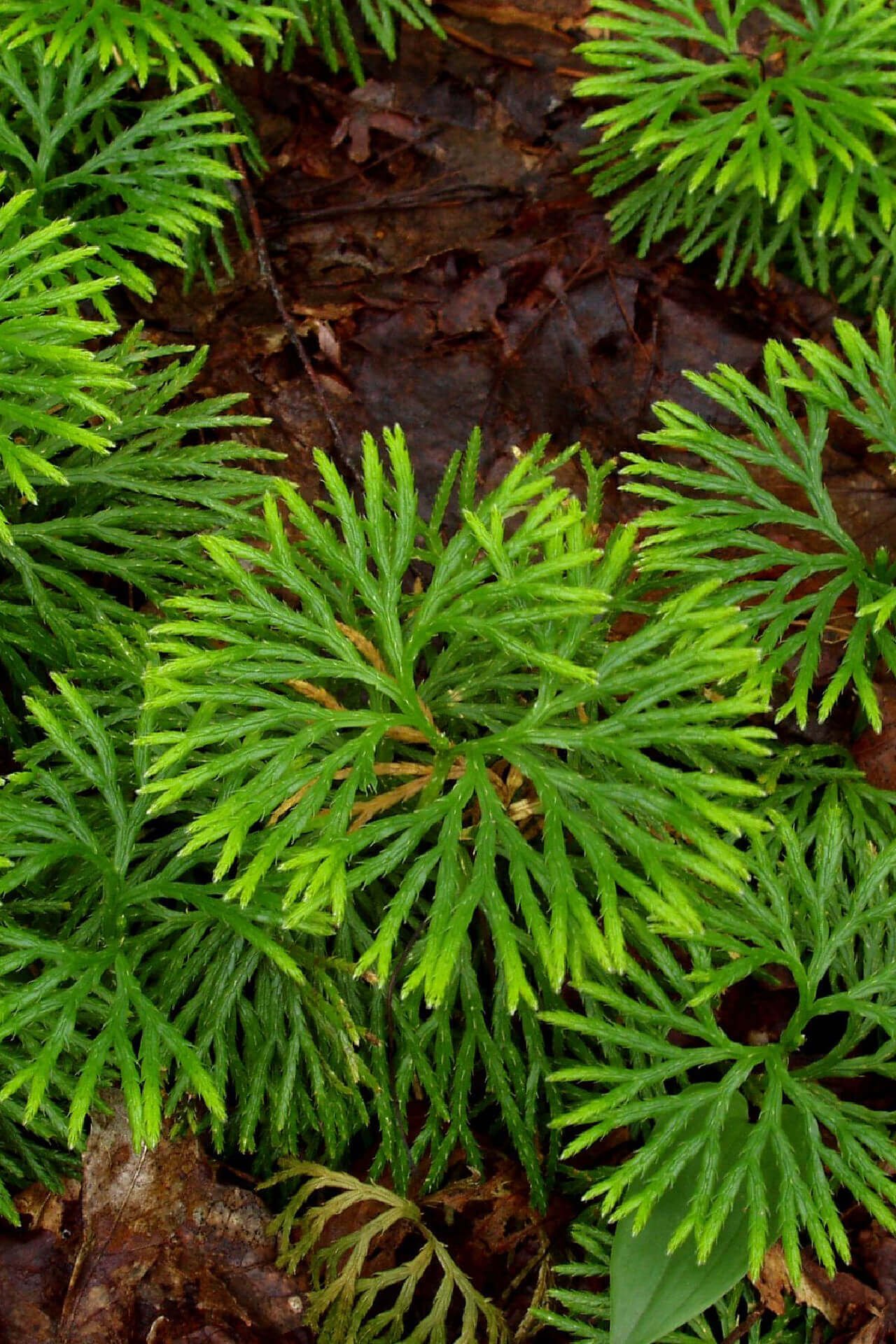
Running Cedar
Thrives in Zones 4 - 7
Excellent ground cover for shade areas
Attractive, dense foliage year-round
Low maintenance and drought-tolerant
Ships in
7-10 DaysRunning Cedar Plants For Sale (Diphasiastrum Digitatum)
Running Cedar (Diphasiastrum digitatum) is a clubmoss and reproduces via strobili and spores. It is native to eastern North American woodland ecosystems and can be found blanketing the earth of both pine and deciduous forests, however it does prefer coniferous forest types. It was awarded its common name due to its resemblance to cedar boughs strewn across the ground.
In a woodland garden setting, this evergreen plant provides a splash of green during the dreary winter months. Its leaves produce a dazzlingly glossy surface, and while it is mostly shaded during summer season, it will glisten and shine when struck by sunlight.
Plant Details - Running Cedar Plant
Family: Lycopodiaceae
Hardiness Zones: 4 to 7
Light Requirement: Partial shade
Water Needs: Moderate to wet
Height: 3 to 8 in
Spread: 3 to 5 in
Growth Rate: Slow
Bloom Time: July to October, reproduces via strobili
Flower Color: Pale yellow strobili
Wildlife Value: Habitat for ground-nesting birds
When in a colony, this friendly plant is hypnotizing, making it hard to tell one plant from the other, enchanting you to move closer to investigate. The combination of the glossy leaves and unique spiral growth habit entices you to reach out and touch this yielding yet sturdy plant. As it produces a consist and dense ground cover, birds and small rodents use their colonies as habitat.
This plant is medicinal and has been used since ancient times for a variety of ailments. It has been to treat urinary tract infections and relieve skin ailments. It was even used to induce labor for pregnant women.
Landscape Uses and Maintenance - Running Cedar Plant
Running Cedar can tolerate moist to dry soils; however, it prefers for soil to be on the acidic side. It will even grow in heavily shaded areas. This plant is slow growing; however, it forms widely sweeping clonal colonies when established plants are allowed to spread.
While this plant is a delightful woodland garden addition, it is notably difficult to propagate from transplant. However, it is achievable and many of TN Nursery’s customers have had success growing this charming forest ground cover.
Noteworthy Characteristics of Running Cedar Plant
Evergreen, provide dense ground cover, grows well in heavy shade.
Plant this charming North American forest native close to home and enjoy the added texture and vibrant green foliage in your woodland garden landscape throughout the year. Shop for Running Cedar online at TN Nursery. For 68 years, we have served the landscaping industry and homeowners with specimen plants.
This Is How Your Plants Will Look upon Delivery

Height at Maturity
Under 12"
Care
Running Cedar (Diphasiastrum digitatum) prefers well-drained, acidic soils and thrives in a relaxed, moist environment. Keep the soil always damp but not soggy. Mulch the base to keep dampness and quell weeds. Avoid heavy pruning; remove dead or damaged stems.
Plant Reproduction
Running Cedar spreads by releasing spores.
How to Grow and Care for Bare Root Perennials, Tubers, and Bulbs
Bare root perennials, tubers, and bulbs are an easy and economical way to jumpstart your garden with lasting beauty. These dormant plants should be planted in early spring or fall while the soil is cool and workable. Before planting, soak bare roots in water for 1–2 hours to rehydrate them. Choose a location based on the plant’s light needs—most flowering types prefer full sun, while others thrive in partial shade.
For bare root perennials, dig a shallow hole and spread the roots out naturally, ensuring the crown is level with the soil surface. For tubers and bulbs, plant with the pointed side facing up at a depth about two to three times their height. Cover with soil, gently press down, and water thoroughly.
Keep soil consistently moist (not soggy) until new growth appears. Add mulch to retain moisture and suppress weeds, but avoid covering the crown or bulb tops. Once established, these plants require little maintenance—just seasonal watering, occasional dividing, and deadheading or pruning as needed. With proper care, they’ll return and thrive year after year.
Shipping date depends on the date displayed and chosen when you order from the product's page.
We do not accept returned plants. If you purchased an extended warranty we do accept claims, please navigate to the warranty page for instructions HERE





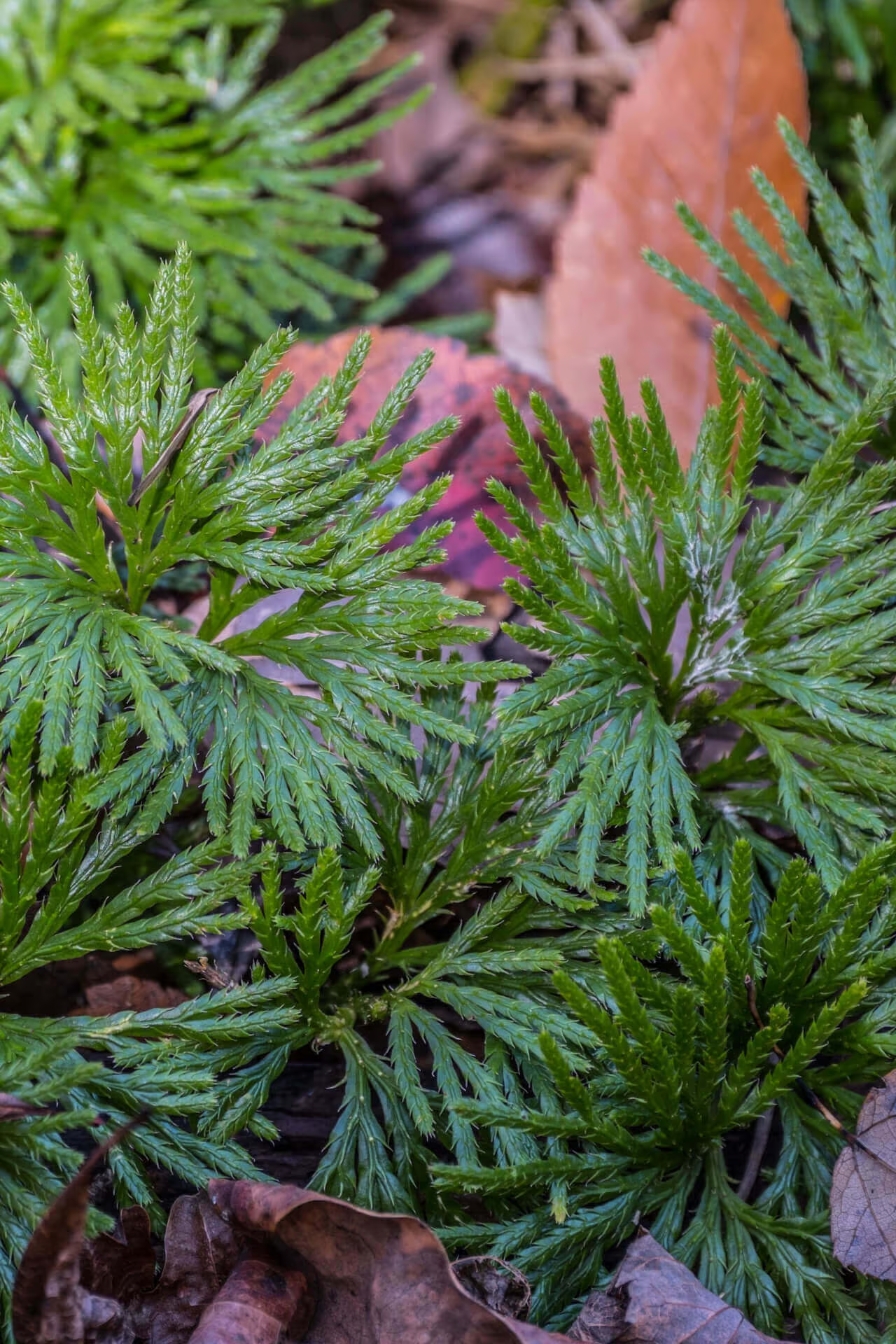
Pollutant Removal:
Running Cedar helps improve air quality and plant health by pulling pollutants from its surroundings.
Lush Ground Cover:
Running Cedar spreads out to create a lush green ground cover enhancing the aesthetic of any yard.
Hardy Growth:
Despite its slow growth Running Cedar is resilient and withstands climate changes and environmental stress.
Erosion Control:
Its extensive root system makes Running Cedar effective at preventing soil erosion and managing flooding.
Header
Use this content to share information about your store and products.
Frequently asked questions
Still have a question? Contact us here.
Yes, we ship all over the world. Shipping costs will apply, and will be added at checkout. We run discounts and promotions all year, so stay tuned for exclusive deals.
It depends on where you are. Orders processed here will take 5-7 business days to arrive. Overseas deliveries can take anywhere from 7-16 days. Delivery details will be provided in your confirmation email.
You can contact us through our contact page! We will be happy to assist you.








